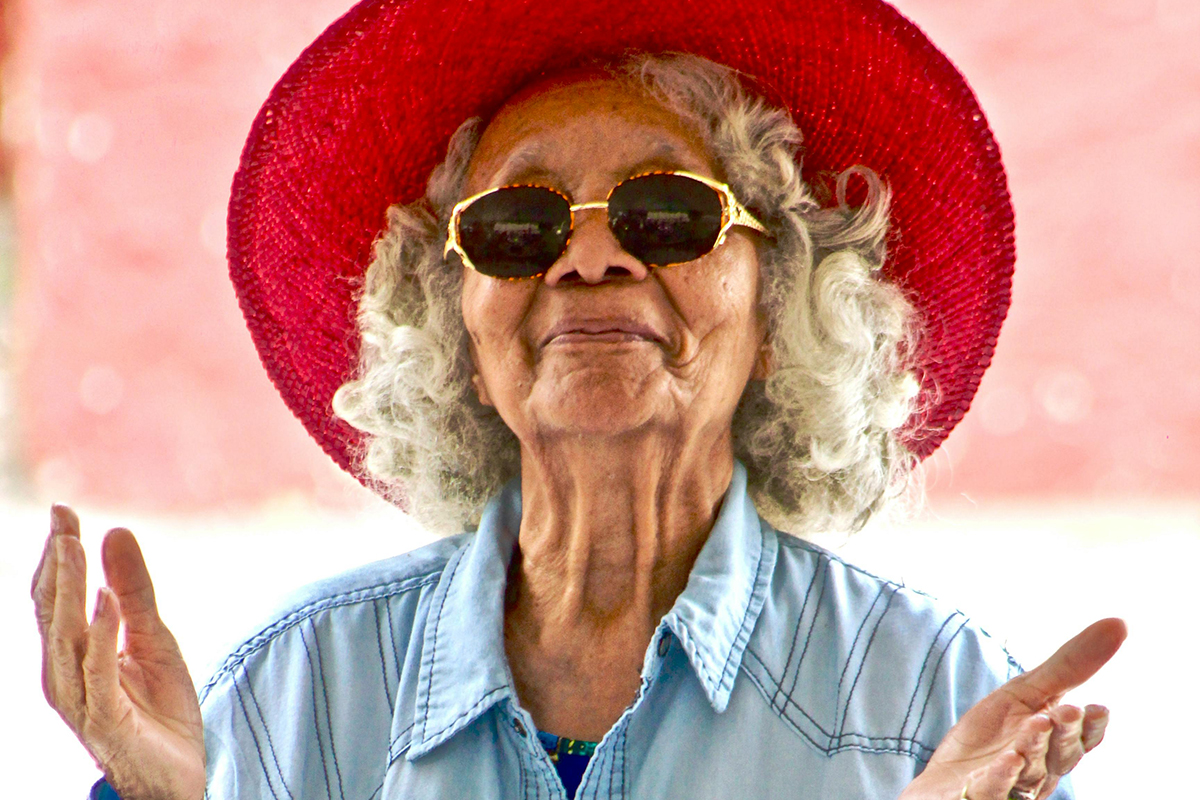How structured dance leads to a healthier mind and body

Australian researchers found that engaging in structured dance, regardless of style, is a potent enhancer of psychological and cognitive well-being, surpassing traditional exercises. Published in Sports Medicine, the study aimed to scientifically compare the effectiveness of structured dance interventions to traditional physical activities in improving psychological and cognitive outcomes, providing a more enjoyable alternative to enhance exercise adherence across a broader population.
Evidence-based insights of the means for structured dance
Researchers aimed to establish dance as an effective and accessible method for enhancing mental well-being and cognitive function by comparing diverse dance genres with other structured exercises across a wide participant spectrum, including those with chronic health issues.
The extensive systematic review and meta-analysis covered diverse populations aged 7 to 85, evaluating various structured dance genres against different physical activities. Strict selection criteria ensured the inclusion of rigorously designed studies, such as randomized controlled trials, with interventions lasting at least six weeks.
Advantages of dance over more conventional forms of exercise
A significant discovery from the study highlighted that engaging in structured dance programs lasting at least six weeks could enhance various psychological outcomes, including emotional well-being, depression levels, and motivation, comparably to other structured physical activities.
Interestingly, structured dance exhibited greater benefits in specific areas, notably in enhancing social cognition and certain aspects of memory and cognitive function. This implies that the distinctive blend of physical exertion, cognitive stimulation, social interaction, and musical engagement intrinsic to dance may offer unique advantages compared to more conventional exercise forms.
The positive effects of dance on cognitive functions
The study highlighted dance’s positive impact on cognitive function, including improvements in verbal memory, working memory, and executive function. These cognitive benefits were observed not only in older adults but also in younger populations and individuals with specific clinical conditions, showcasing dance as a versatile cognitive enhancement tool.
Additionally, the research indicated that dance interventions could enhance motivation and emotional well-being, possibly due to the enjoyable nature of dance activities. The combination of these elements, along with the social and interactive environment in dance classes, may contribute to higher adherence rates compared to alternative exercises.
These findings underscore the importance of enjoyment and social interaction in maintaining continuous engagement with physical activity, crucial for long-term health benefits.
Dance helps maintaining independence and a quality of life
The researchers noted that dance may uniquely address psychological and cognitive needs across age groups and health conditions. Younger participants saw improvements in managing stress and emotional regulation, suggesting structured dance as a therapeutic tool.
Conversely, older adults and those with chronic diseases benefited from dance’s cognitive enhancements, crucial for maintaining independence and quality of life.
Initial evidence suggests dance may outperform other physical activities in enhancing psychological well-being and cognitive capacity. These positive effects extended beyond older adults, also benefiting younger populations and individuals with clinical conditions.
Dance can provide an enjoyable physical activity that is easier to maintain
Mastering dance sequences challenges cognition, group or partnered dance enhances social interactions, and the artistic component contributes to improved psychological well-being. Sustaining engagement in physical activity is a persistent challenge in both clinical trials and community settings. Dance presents an enjoyable alternative that is more likely to be maintained.
While it’s widely known that physical activity is beneficial for health compared to inactivity, the effectiveness of dance as an alternative to conventional exercises like running or gym workouts might not be fully appreciated.
Despite the promising findings, the researchers acknowledged study limitations, including variations in structured dance genres, participant demographics, and intervention designs. This diversity, while providing a comprehensive perspective on dance’s potential benefits, complicates the task of conclusively determining the most effective features of dance.
As a result, the study advocates for additional research to delve into the enduring effects of dance, its influence on diverse clinical populations, and the role that specific elements like genre, music, and social interaction play in contributing to its psychological and cognitive benefits.
How dance leads to a healthier mind and body conclusion
Dance offers extensive health advantages. Committing to regular physical activity through dance can decrease the risk of sedentary-related health conditions in the long term. Additionally, the social and psychological effects of dance can alleviate symptoms of mental health conditions, while cognitive improvements may contribute to the independence of older adults.
Ultimately, this lessens the burden of these conditions on the healthcare sector. Structured dance emerges as a evidence-based alternative, catering to individuals who may find it more appealing than conventional forms of exercise.



















